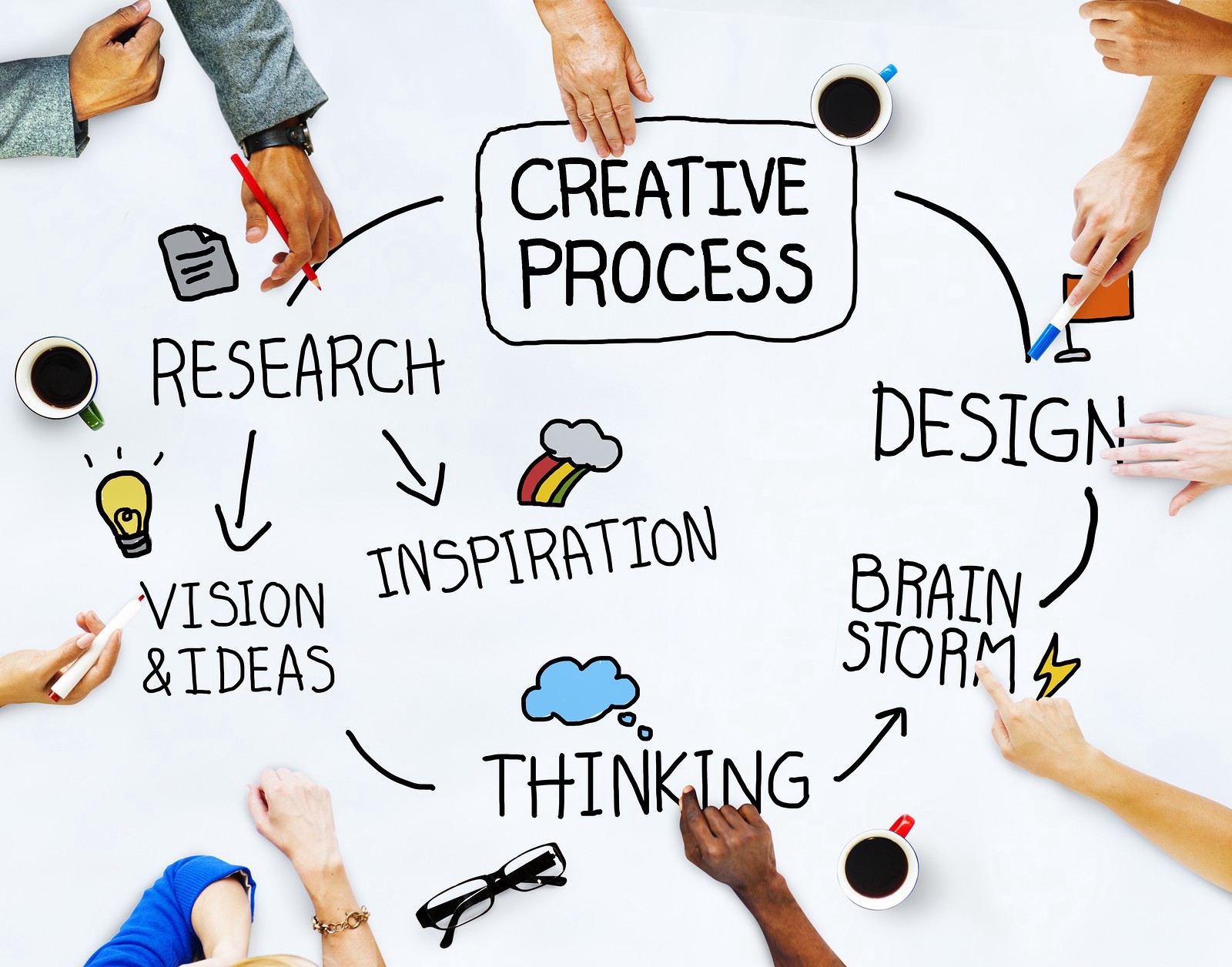User experience (UX) design is the process of creating products that provide meaningful and personally relevant experiences. This involves the careful design of both a product’s usability and the pleasure consumers will derive from using it. It is also concerned with the entire process of acquiring and integrating the product, including aspects of branding, design, usability, and function.
An important concept in UX design is the process by which users form experiences. When first encountering a product, a user forms a momentary impression—which evolves over time, typically as the product is used throughout a period. In this process, the user’s perception, action, motivation, and cognition integrate to form a memorable and coherent story: called “the user experience.” This process elicits emotional responses, which largely determine whether the experience will be considered positive or negative.
UX design refers to user experience design, while UI design stands for user interface design. Both of these are crucial to an IT product and need to work closely together.
Despite being very integral to each other, the roles themselves are quite different, involving distinct processes.
UX designers are generally focused on development of digital products, but the theory and process can be applied to just about anything:
Strategy and Context:
- Competitor Analysis
- Customer Analysis
- Product Structure/Strategy
- Content Development
Wireframing and Prototyping:
- Wireframing
- Prototyping
- Testing/Iteration
- Development Planning
Execution and Analytics
- Coordination with UI UX Designer(s)
- Coordination with Developers
- Tracking Goals and Integration
- Analysis and Iteration
User Interface (UI)
User Interface (UI) design is a large field. In theory, UI is a combination of content (documents, texts, images, videos, etc), form (buttons, labels, text fields, check boxes, drop-down lists, graphic design, etc), and behavior (what happens if I click/drag/type).
Things to remember about creating delightful UI
- On a screen, people will always read the biggest, the boldest, and the brightest first. This is human nature. Our attention is programmed in such a way where we see the biggest, the boldest, and the brightest first. And then it moves to smaller, less bold, and less bright things. As a designer, you can use this information to curate the experience of your user.
- The Importance of Alignment. Alignment is a fundamental aspect of UI Design. And an important design principle is: minimize the number of alignment lines. It improves readibility and makes the design more pleasing to the eye. Creating a great UI is a challenge, especially because it has to be intuitive.
Look and Feel:
- Customer Analysis
- Design Research
- Branding and Graphic Development
- User Guides/Story line
Responsiveness and Interactivity:
- UI Prototyping
- Interactivity and Animation
- Adaptation to All Device Screen sizes
- Implementation with Developer


Leave a Reply